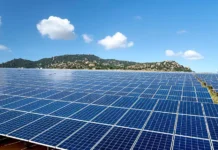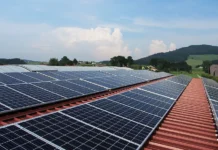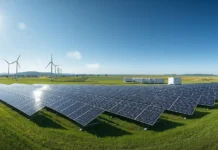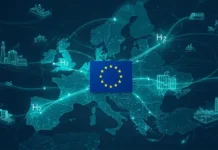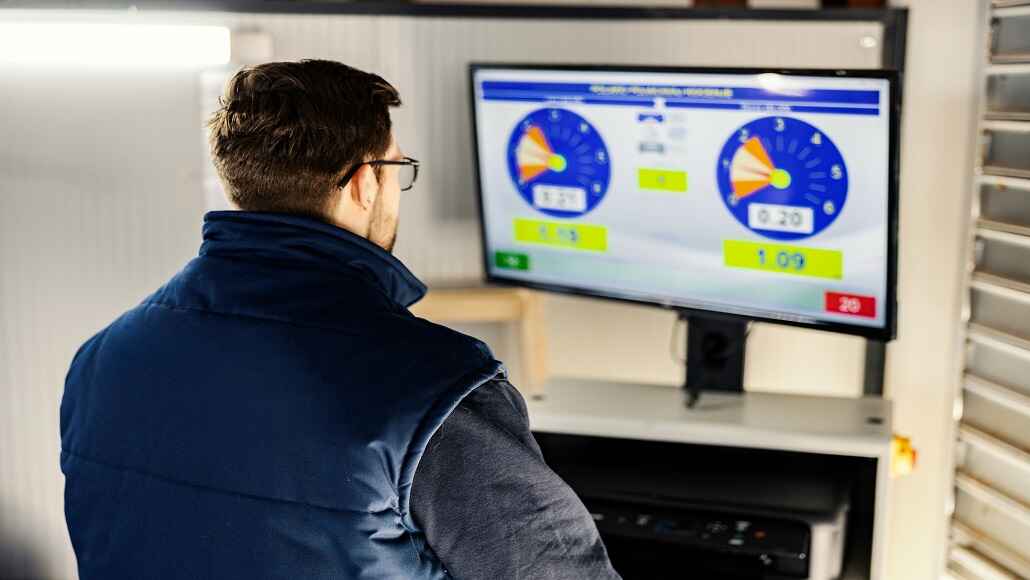The integration of the Internet of Things (IoT) with energy management systems marks the beginning of a transformative phase in intelligent, responsive, and efficient energy solutions. Energy systems powered by IoT enabled energy system technology provides remarkable opportunities for real-time monitoring, transforming how power is consumed, transmitted, and managed across various sectors. This technological collaboration tackles worldwide energy issues by maximising resource efficiency, improving sustainability, and guaranteeing reliability. This exploration focuses on the transformative impact of IoT on energy management, examining its potential, challenges, and future prospects.
The Transformation of Energy Management Through IoT
At the core of IoT enabled energy system is a network of interconnected devices that can sense, transmit, and analyse data effortlessly in real time. From smart grids to energy hubs, the Internet of Things enables utilities and consumers to oversee and control energy flows with unparalleled accuracy. Recent studies indicate that the adoption of IoT in global energy systems is projected to increase by 20% each year, with smart meters expected to represent more than half of the global deployments by 2030.
Smart energy grids, integrated with IoT sensors and devices, enable utilities to assess energy demand in real-time. During peak hours, monitoring systems utilising IoT technology can effectively manage energy distribution to prevent overloads and outages, all while optimising the use of renewable resources such as solar and wind energy. The outcome? An adaptable infrastructure designed to respond to changes with little need for human oversight.
Real-Time Monitoring: A Revolutionary Development
Real-time monitoring serves as the foundation of energy systems enhanced by IoT technology. These systems employ sensors integrated into a range of assets, such as transformers, meters, and storage units, to ensure continuous data transmission. The analysis of this data reveals inefficiencies, failures, or irregular consumption patterns. For instance, the installation of smart meters in residential and industrial settings offers detailed insights into energy consumption, allowing users to pinpoint inefficiencies and cut costs.
Energy efficiency has emerged as a vital issue in industrial applications, with research indicating that inadequate energy management results in significant financial losses for manufacturers each year. Monitoring applications that utilise IoT technology tackle this issue by offering immediate insights into energy consumption on production floors. A compelling case study from a manufacturing facility highlighted a 15% decrease in energy wastage following the adoption of IoT-enabled analytics, which pinpointed inefficiencies in particular machinery.
The incorporation of real-time data analytics significantly enhances predictive maintenance efforts. IoT sensors provide timely alerts to operators regarding potential equipment malfunctions, thereby greatly minimising downtime and lowering operational costs. For example, in power plants, insights gained from IoT platforms have significantly reduced unplanned outages, enhancing overall system reliability and decreasing maintenance costs by 12%.
Challenges in IoT Adoption
Although energy systems enhanced by IoT hold the potential for significant transformation, their implementation faces several obstacles. Cybersecurity continues to be a significant issue, given that IoT devices are fundamentally linked to the internet. The growing prevalence of interconnected devices amplifies the risk of cyberattacks, potentially jeopardising critical energy infrastructures. The vulnerability of a single compromised IoT sensor within an energy hub can potentially jeopardise the security of an entire city, highlighting the critical importance of implementing strong protective measures.
Furthermore, compatibility and scalability pose considerable challenges. Traditional energy systems were not built to support IoT integrations, resulting in challenges during implementation. Facilitating smooth interaction between conventional systems and IoT-enabled devices demands considerable investment in infrastructure enhancements.
Data privacy remains a critical concern. As vast amounts of data are continuously transmitted and analysed, protecting consumer information has become essential. It is essential for the regulations and policies surrounding IoT applications in energy systems to adapt in order to tackle issues concerning data protection and ownership.
Blockchain and IoT: Ensuring a Secure Future
In the face of cybersecurity threats, innovators are turning to blockchain as a promising security solution for IoT enabled energy system. The immutable ledger of blockchain guarantees secure data transmission, effectively preventing unauthorised access and tampering. For instance, blockchain networks have the capability to authenticate and encrypt energy transactions between consumers and utilities, fostering trust and transparency.
Recent research underscores the potential of blockchain to merge decentralisation with IoT capabilities, thereby strengthening the resilience of energy systems. Utilising blockchain technology, energy providers have the opportunity to develop smart contracts that facilitate automated energy management, enhancing grid reliability and improving consumer engagement.
The Path Ahead
The outlook for IoT enabled energy system is both promising and dynamic. The worldwide market for IoT in the energy sector is anticipated to surpass $40 billion by 2030, fuelled by progress in AI and machine learning technologies. The integration of these technologies will significantly improve the predictive abilities of IoT devices, enabling energy systems to autonomously optimise resource allocation in real-time.
The integration of renewable energy will greatly benefit from advancements in IoT technology. By 2040, the Internet of Things is anticipated to significantly contribute to achieving 70% of energy generation from renewable sources. Smart grids and IoT devices will enable smooth integration between renewable sources and conventional energy systems, guaranteeing a continuous supply and optimised storage.
Furthermore, the emergence of smart cities will significantly enhance the adoption of IoT in energy systems. Smart street lighting, electric vehicle charging stations, and advanced building automation systems are set to revolutionise urban environments, making them more energy-efficient and sustainable.
Conclusion
The convergence of IoT enabled energy system signifies a transformative change in the realm of energy management. The integration of real-time monitoring, predictive analytics, and secure data transmission lays the groundwork for innovative sustainable energy solutions in the future. To fully harness the potential of IoT, it is essential to tackle challenges like cybersecurity, scalability, and regulatory compliance.
As sectors and authorities progressively adopted IoT enabled energy system, the shared objective must centre on developing smart infrastructures that benefit both consumers and utilities. Utilising the transformative power of IoT, we can advance towards greater energy sustainability, resilience, and efficiency.





